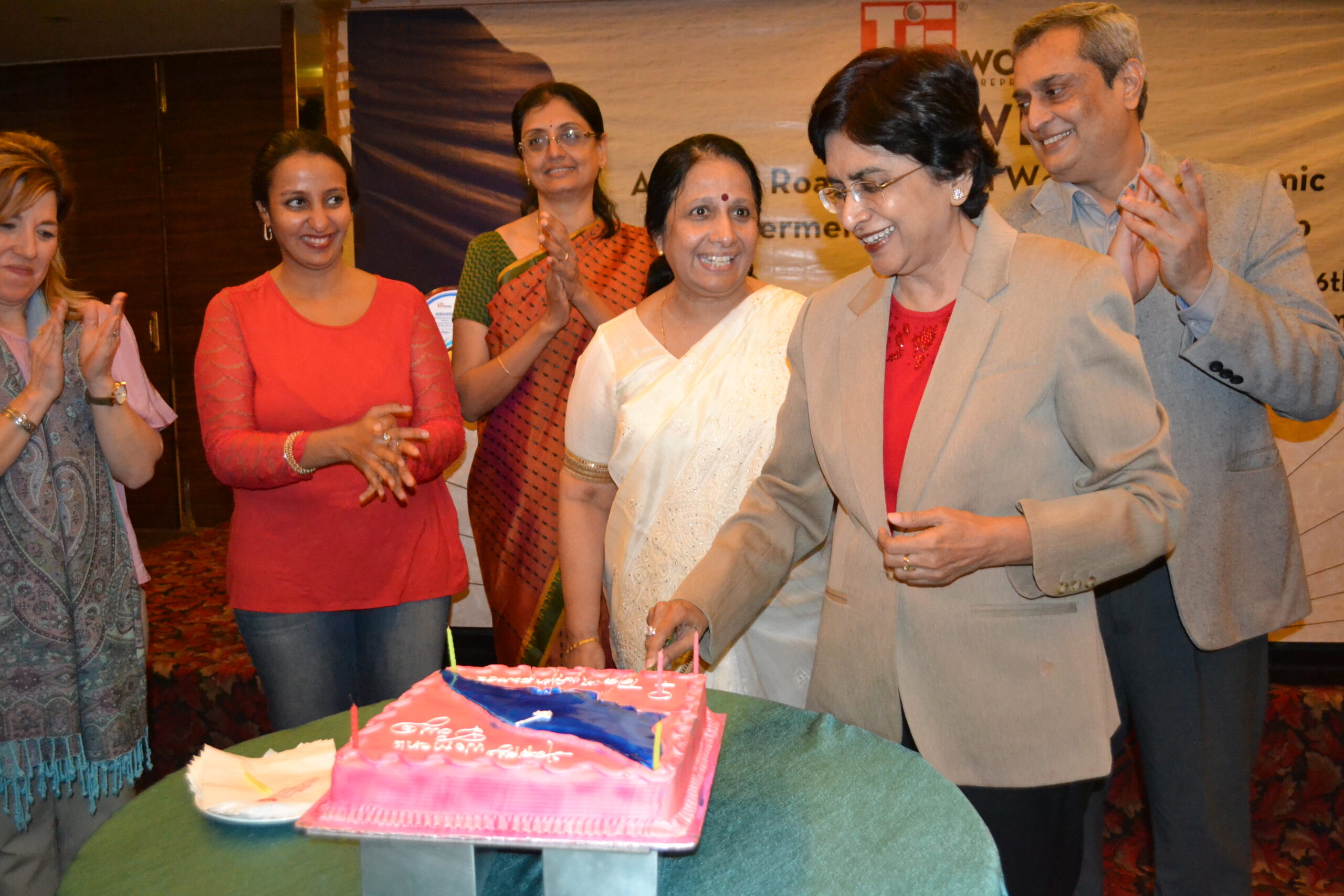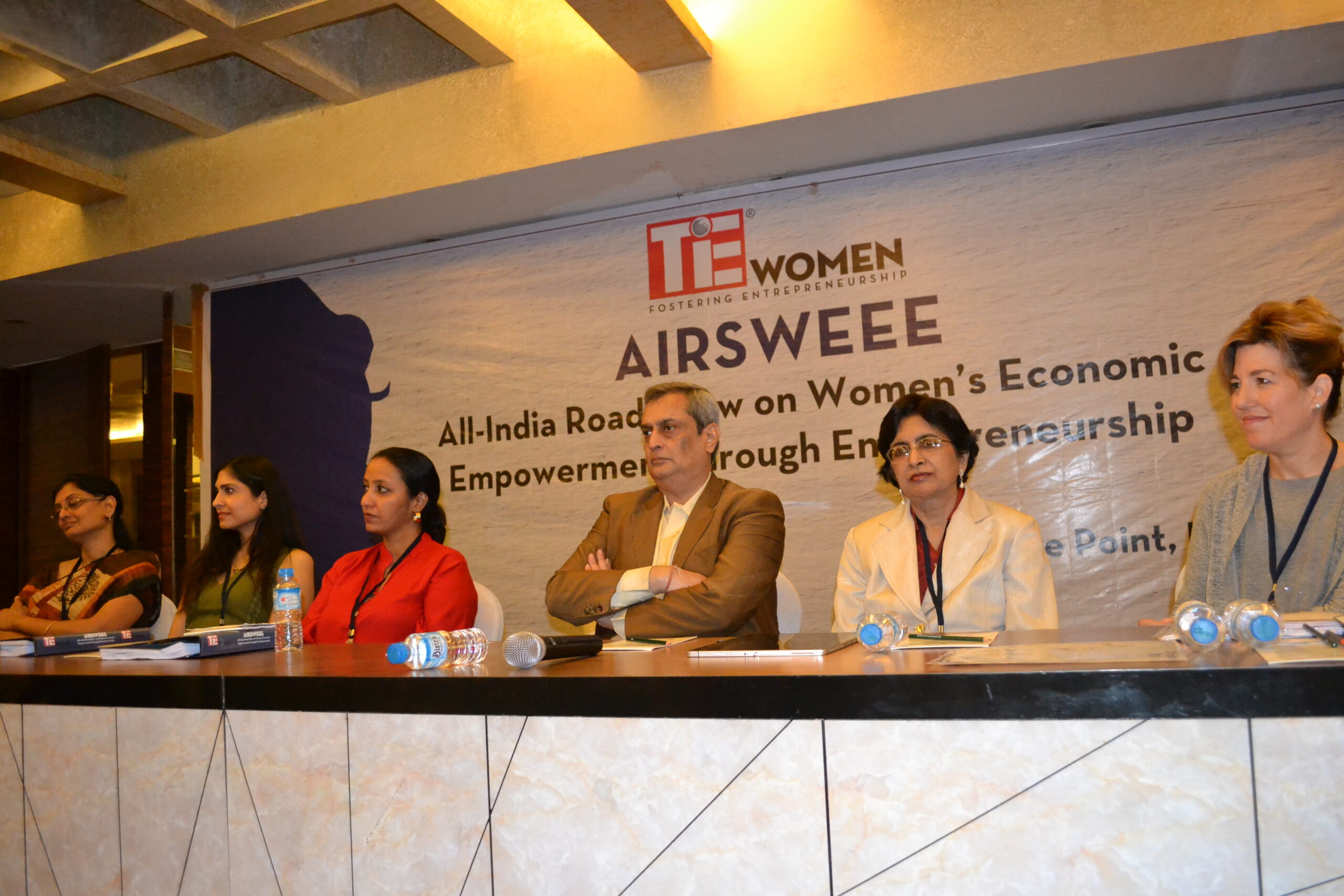Living in is in…
Living in is in..
Mrs. X expressed her concern in a whisper, ‘I am afraid my daughter is living with a boy and I am further afraid that there could be two of them’. Saying this there were tears and fear in her eyes for the safety and future of her girl. She had to send her out to another city to work.
Parents of youth living in metropolitan cities are terrified of the fact that their wards may pack their bags one fine day and start living with their girl friend or boy friend the moment they start a job and earn money to support them-selves. For the youth today freedom is more important than anything else it seems. Most parents’ get nightmares as to what they will say to their neighbours and how will they explain it to their relatives. But the youth are not listening anymore as the trend catches on. A study after analyzing these relationships, made it evident that live-in couples are still largely from professions like entertainment, advertising, modelling and media. Five years ago the trend some experts say. It was also found that the trend of live-in relationships had not really caught on in India, especially in the middle and upper middle classes, where marriage is still very much the norm.
Parents fear the trend not without reason. For we all know that since there are no legal or moral bindings each party is free to walk out or terminate it any moment. And it may be equally true that they may get into another live-in as quickly as they have got out of another. This has the possibility of leading to multiple relationships and the fear of sexually transmitted diseases besides the decline in moral values and character which horrifies the middle class. The middle class parents are the most affected, almost emotionally traumatised with the news of such truth and their inability to handle the situation. With people becoming more aware of the laws (even children are talking of the law!) and with the growing assertiveness to exercise their rights, parents are left as hapless victims.
We realise that live in relationships are weak commitments. That is precisely what many, who opt for live-in might just want- no commitment or weak commitment and the freedom to move out as soon as they would like. Another reason could be that they do not believe in marriage. Children grown up in dysfunctional families where they may have had emotionally unsettled lives are also likely to lose their faith in marriage. They have not experienced anything good about the marriage institution and can become averse to it. Children of separated or divorced parents who have been dragged to the courts for custody rights or for making statements for and against parents have had harrowing experiences. They have not learned the art of making adjustments or the art of tolerance. They are quick tempered and ill-tempered and quick in reactions.
Whatever may be the reasons for the live-in trend, there is hope and less reason for despair, as in the long run marriage will continue to stay as the most important institution for individuals seeking long term commitment and families, which provide stability and happiness in personal life. There is no alternative to it.









